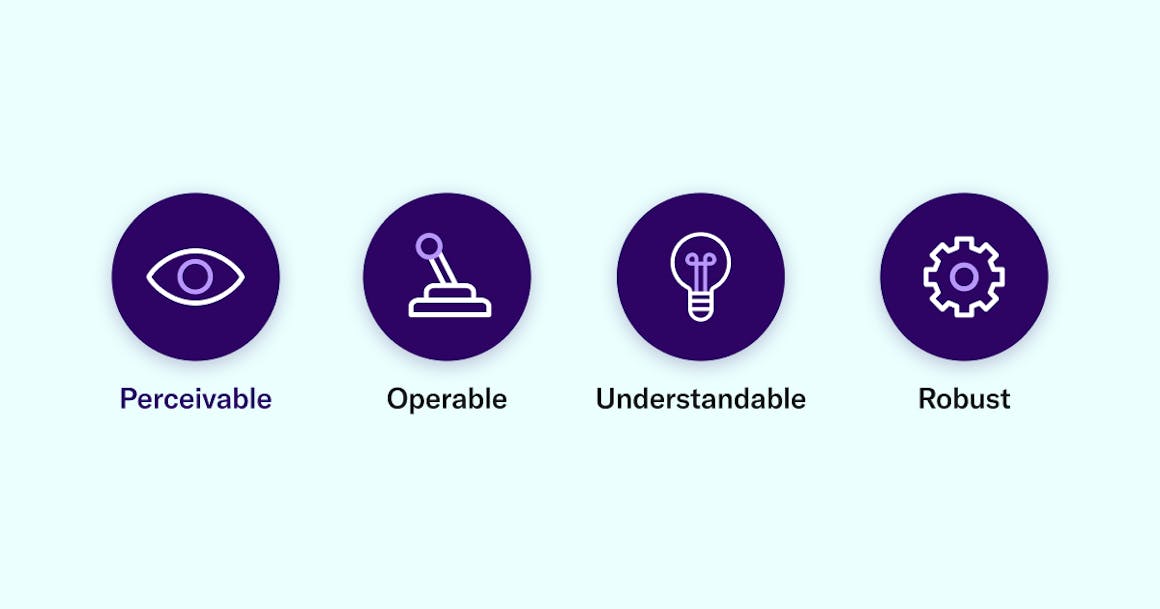Insight Hub
Your go-to source for the latest in news and information.
Web Accessibility: Making Sites Everyone's Playground
Transform your website into an inclusive playground for all! Discover essential tips for enhancing web accessibility and reaching every user.
Understanding Web Accessibility: Why It Matters for Everyone
Web accessibility is a crucial aspect of web design and development that ensures all users, including those with disabilities, can access and interact with digital content. It encompasses a broad range of considerations, from optimized text for screen readers to ensuring that color contrasts are visually accessible. By implementing accessibility best practices, web developers create a more inclusive online environment. This not only benefits users with disabilities but also enhances the user experience for everyone, regardless of their abilities or technological skills.
Moreover, understanding web accessibility is fundamental for fostering equality and promoting social inclusion. As per the World Health Organization, an estimated 1 billion people live with some form of disability, making it imperative for businesses and individuals to consider these users in their online strategies. Ignoring these principles could lead to alienating a significant portion of the population while also carrying potential legal implications. Thus, prioritizing accessibility is not just a moral obligation; it is a smart business strategy that underscores an commitment to diversity and inclusivity in the digital realm.

5 Essential Principles of Accessible Web Design
Creating an accessible web design is essential for ensuring that everyone, including those with disabilities, can easily navigate and utilize your site. The first principle is to ensure perceivable content. This means that all users should be able to see and hear content on your website. Utilize alt text for images, provide captions for video content, and ensure that color contrasts meet accessibility standards. By making your content perceivable, you are already taking a significant step forward in ensuring ADA compliance.
The second principle focuses on the operable nature of web design. Users should be able to navigate your site using a variety of input methods, including keyboard navigation. This can be achieved by ensuring that all interactive elements are easily accessible without the use of a mouse. Incorporating a simple layout, providing various navigation options, and ensuring buttons and links are clearly labeled can greatly enhance the user experience for everyone.
How to Evaluate Your Website's Accessibility: A Step-by-Step Guide
Evaluating your website's accessibility is essential for ensuring that all users, regardless of their abilities, can navigate and utilize your content effectively. Start by examining the structure of your website, including its HTML semantics. Use clear headings (<h1>, <h2>, etc.) to create a logical flow and enhance the reading experience. Next, check if your site's images have descriptive alt text that communicates their purpose. To identify potential barriers, consider utilizing automated tools and manual testing to assess contrast ratios, keyboard navigability, and the presence of accessible forms.
Once you have identified areas needing improvement, prioritize them in your accessibility action plan. You can categorize issues into three levels: critical, major, and minor. Focus first on critical issues that prevent users from accessing fundamental content, such as missing alt text for important images. After addressing major concerns, like color contrast in key areas, shift your attention to minor enhancements that improve overall usability. Regularly revisit your accessibility evaluation to adapt to evolving standards and to ensure that your website remains inclusive for all users.